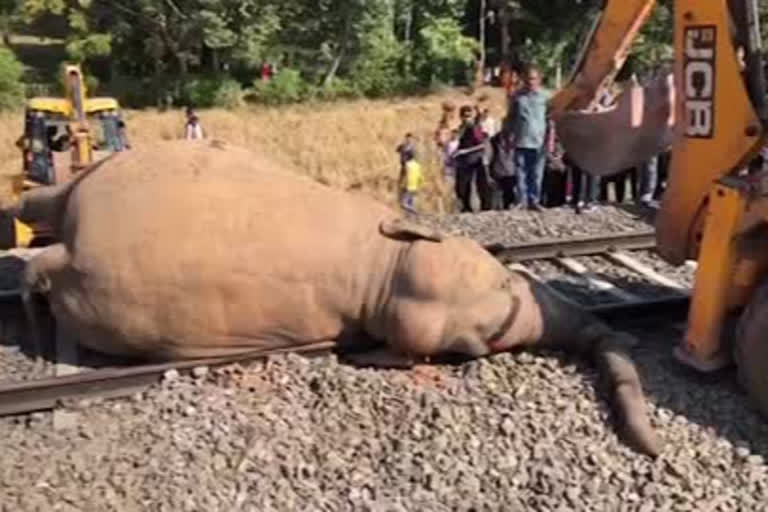New Delhi: With 61 wild elephants getting killed due to train hits in just three years from 2016-2019—or more than 20 a year on the average—it is only normal that alarm bells begin ringing and solutions sought.
Among the many long term and short term measures advised, an out-of-the-box measure jointly recommended by the Indian Railways and the forest and environment authorities was the setting up of honey bee sound boxes near the rail tracks near all the identified elephant passages.
Buzzing with the sound of swarms of honey bees—something elephants go to any lengths to avoid—the sounds these devices make are easily audible to elephants from a distance of 700-800 metres, thereby preventing them from coming near to the tracks and getting killed.
But a compliance audit by the Comptroller and Auditor General (CAG) told a different story when wild elephants continued to get knocked down by speeding trains with failure to implement orders, logistical lacunae and apathy being among the prime reasons.
The CAG report recently tabled in parliament says: “Despite identification and notification of elephant passages, death of elephants due to train accidents account for the second largest reason for unnatural deaths of elephants.”
The environment and forest ministry has identified 138 state, 28 interstate and 17 international elephant corridors in the country with many passing of them through railway tracks. This was followed by notification by various zonal railways.
Not surprisingly, the more number of elephant casualties were reported in those locations that were identified as elephant passages which implies that the rail ministry’s order of installing honey bee sound devices near all the identified elephant passages was not followed.
The CAG audit examining the effectiveness of installation of the honey bee sound devices in the selected elephant passages selected 51 locations across five railway zones as the system was yet to be adopted till date by three railway zones.
It found that in 20 installed devices in the Northeast Frontier Railway zone, seven were functioning with direct power supply with no battery backup, seven were running with power supply and battery backup, two devices were running only with battery, three devices were lying unused due to want of power supply while one device was not found in the allotted place.
In the other zones, either the devices were not functioning, not being installed, wrongly installed or facing technical issues like mp3 files (software producing the Honey Bee Sound) not being provided for the devices.
“Thus, the purpose of procurement and installation of Honey Bee Sound Device did not yield the desired results,” the CAG report concluded.
Wild elephants are mainly distributed across four populations in India—North Western (Uttarakhand and Uttar Pradesh), North Bengal and North East, East Central (Jharkhand and Odisha) and South (Tamil Nadu, Kerala and Karnataka).
Listed as an endangered species, during 2012-17, the elephant population in India registered a 11 per cent decrease from 30,711 to 27,312.
In 1992, the Indian government launched Project Elephant to protect elephants, their habitat and corridors.
Also Read: Three female elephants killed by 'speeding' train in TN


